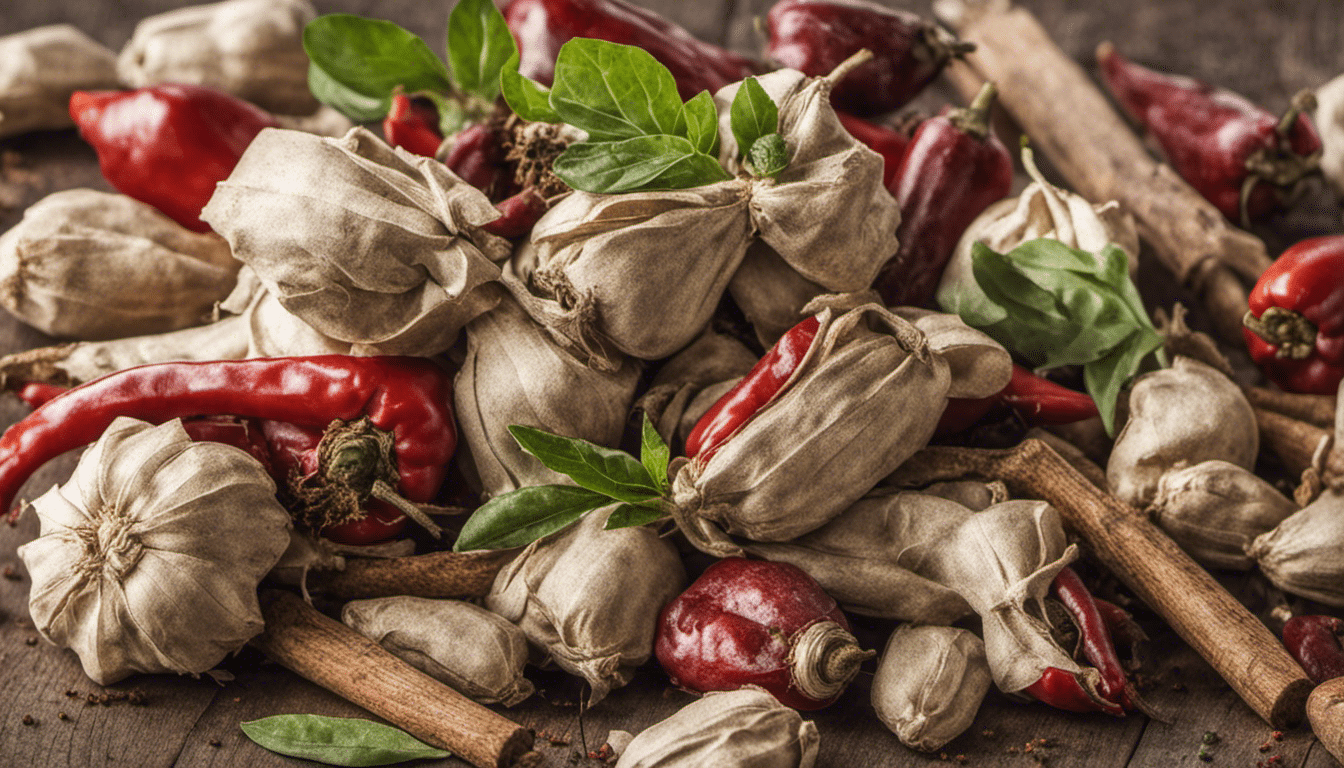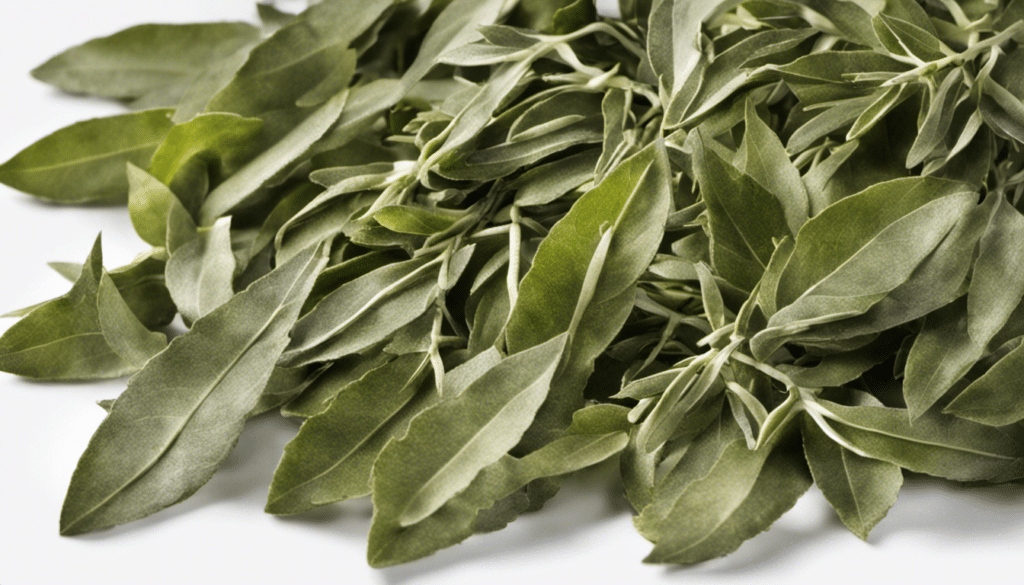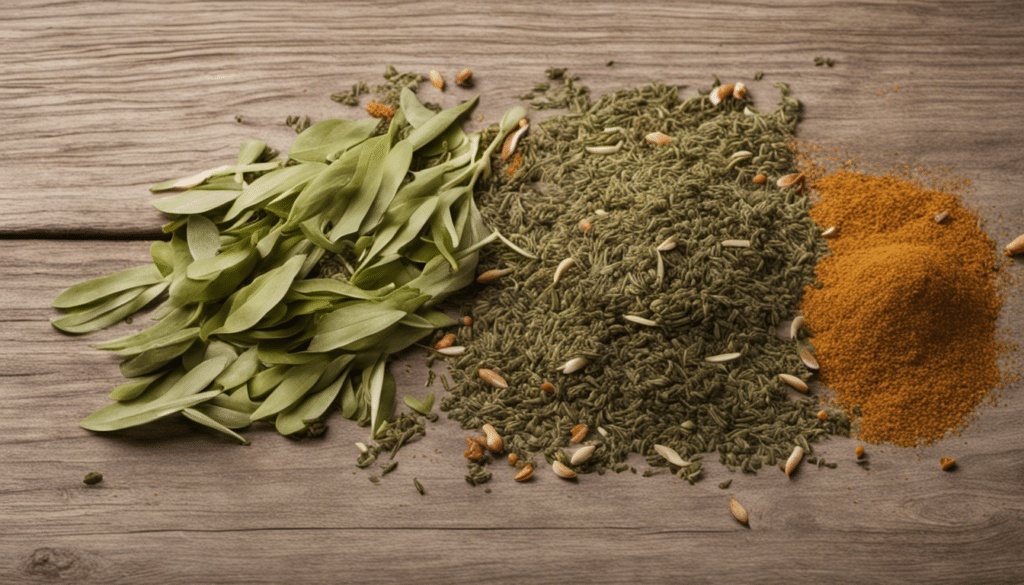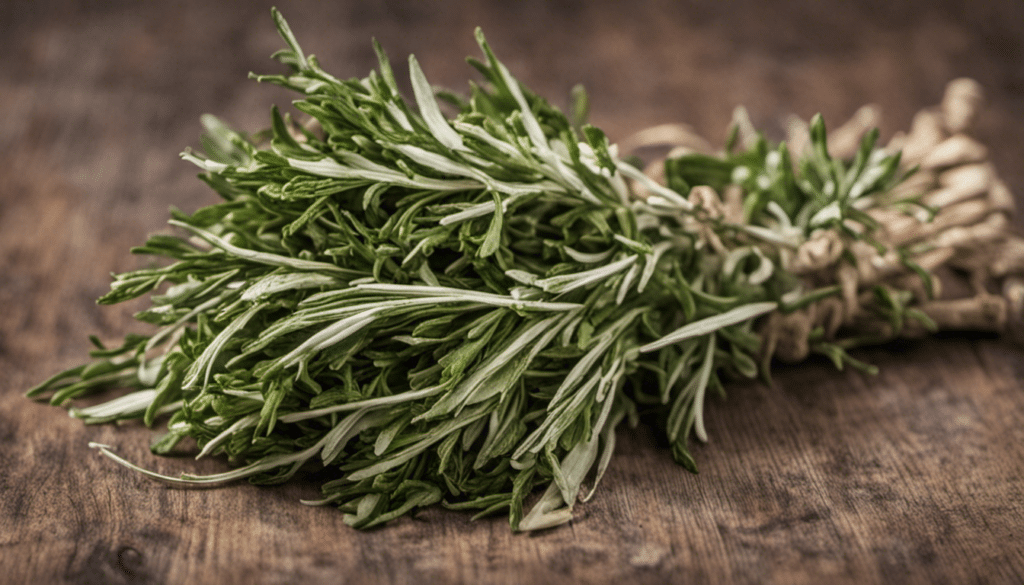Everything You Need to Know About Paprika
The Origins of Paprika
Paprika, an essential spice in many world cuisines, especially in Spanish, Hungarian, and Moroccan cuisine, is made from the dried fruits of bell pepper or chilli pepper plants. Thought to have originated in central Mexico, paprika was brought over to Spain in the 16th century by Spanish explorers. From there, it spread across Europe, Africa, and Asia, gaining particular prominence in Hungarian cooking. It is often called Hungarian pepper in many countries due to its importance in Hungarian dishes, such as goulash, a thick stew.
Health Benefits of Paprika
Paprika is not just remarkably flavoursome; it is also plentiful in health benefits. One of the significant health benefits of paprika is its substantial vitamin C content. Research has found that bell peppers can have higher vitamin C content than citrus fruits, and this vitamin C is retained even when the peppers are dried and turned into paprika.
Besides, paprika contains capsaicin, a compound that gives chilli peppers their characteristic heat. Capsaicin has been shown to have various health benefits, including pain relief and improving heart health. Studies find that capsaicin can reduce bad cholesterol and improve blood vessel function. Moreover, paprika is high in antioxidants, substances that can prevent and slow damage to cells.
Understanding Different Types of Paprika
Though it’s generally known only as paprika, this spice is available in several different varieties, each with its unique taste and color. Its types range from sweet (mild and slightly sweetened) to hot (quite spicy), and it is also available smoked, which adds a depth of flavor to dishes. Hungarian and Spanish Paprika varieties, for instance, are renowned for their unique characteristics. Hungarian Paprika is sweet and bright red, while Spanish Paprika or ‘pimentón’ can be either mildly sweet, bittersweet, or hot, and is often smoked.
Paprika Recipe Ideas
- Paprika Roasted Chicken
- Paprika Garlic Shrimp
- Hungarian Paprika Potatoes
- Paprika Spiced Grilled Corn
- Smoky Paprika Fish Tacos
- Paprika Beef Stew
- Spanish Paprika Meatballs
- Turkish Paprika Lamb Kebab
- Paprika Spiced Roasted Vegetables
- Hungarian Paprika Chicken




